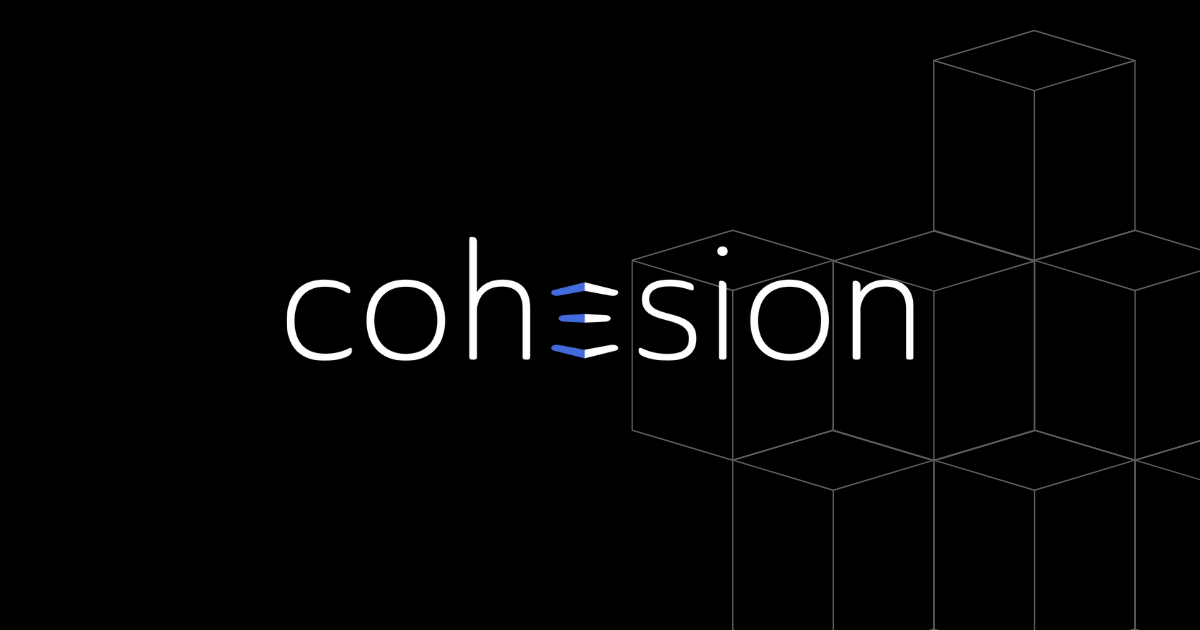As we approach the summer of 2024, unprecedented heat waves are anticipated, posing significant challenges for building management across various fronts. Understanding the impact of these extreme temperatures on occupancy, visitor rates, maintenance demands, and energy usage is crucial for effective preparation and management.
Temperature vs. Occupancy
Analyzing historical data from several Cohesion buildings reveals intriguing insights into the relationship between temperature and occupancy rates. While temperature alone isn't always a reliable predictor of occupancy, certain trends emerge:
- Occupancy tends to decrease notably during extremely cold temperatures (below 20°F).
- Warmer temperatures (above 75°F) show a trend towards lower occupancy, although not consistently significant.
- Generally, occupancy rates remain stable within the 40 to 75-degree range.
Despite these patterns, the forecasted heat waves may disrupt these norms, potentially leading to unprecedented occupancy fluctuations.

Temperature vs. Visitors
Unlike occupancy, the correlation between temperature and daily visitors is more erratic. Visitor numbers, often predetermined or less influenced by temperature, show a decline as temperatures approach 90°F and above. This suggests that while tenant occupancy might remain steady, fewer visitors are expected onsite during peak heat.

Temperature vs. Maintenance
Examining the link between temperature and maintenance requests highlights critical insights:
- Maintenance requests notably increase during extreme temperatures (below 20°F and above 80°F).
- Between 20°F and 80°F, maintenance requests stabilize, with a slight uptick observed between 60°F and 80°F.
Anticipating a surge in maintenance demands during the impending heat wave, building managers should prepare for potentially double the usual number of requests, focusing on proactive maintenance strategies to mitigate risks.

Energy Usage Insights
Understanding energy consumption during summer heat waves is essential for cost management and sustainability:
- Buildings utilizing chilled water systems, such as Chicago's extensive district cooling network managed by companies like Exelon Thermal and CenTrio, often see moderated electric bills. These systems cover vast areas and multiple buildings, illustrating the complexity of energy management beyond traditional metering (like here, or here).
- In contrast, buildings without such systems experience higher summer electricity bills due to increased air conditioning usage, while natural gas usage for winter heating impacts electric consumption differently.
Effective Energy Management
To manage energy and resources effectively, building managers must:
- Access comprehensive data from all energy sources (electricity, chilled water, natural gas).
- Normalize the data for accurate comparisons.
- Understand and analyze the data to spot trends.
- Contextualize the data for informed decision-making.
With these insights, building managers can optimize energy use, enhance sustainability, and maintain occupant comfort during the extreme 2024 summer heat.
Conclusion
As the 2024 summer heat wave approaches, building managers must anticipate shifts in occupancy patterns, potential decreases in visitor rates, and heightened maintenance demands. Strategic planning and proactive management will be instrumental in ensuring operational resilience and tenant satisfaction during this intense summer season.
By leveraging these insights and implementing robust management strategies, building managers can navigate the challenges posed by extreme heat waves, optimize building performance, and foster sustainable environments for all occupants.





























